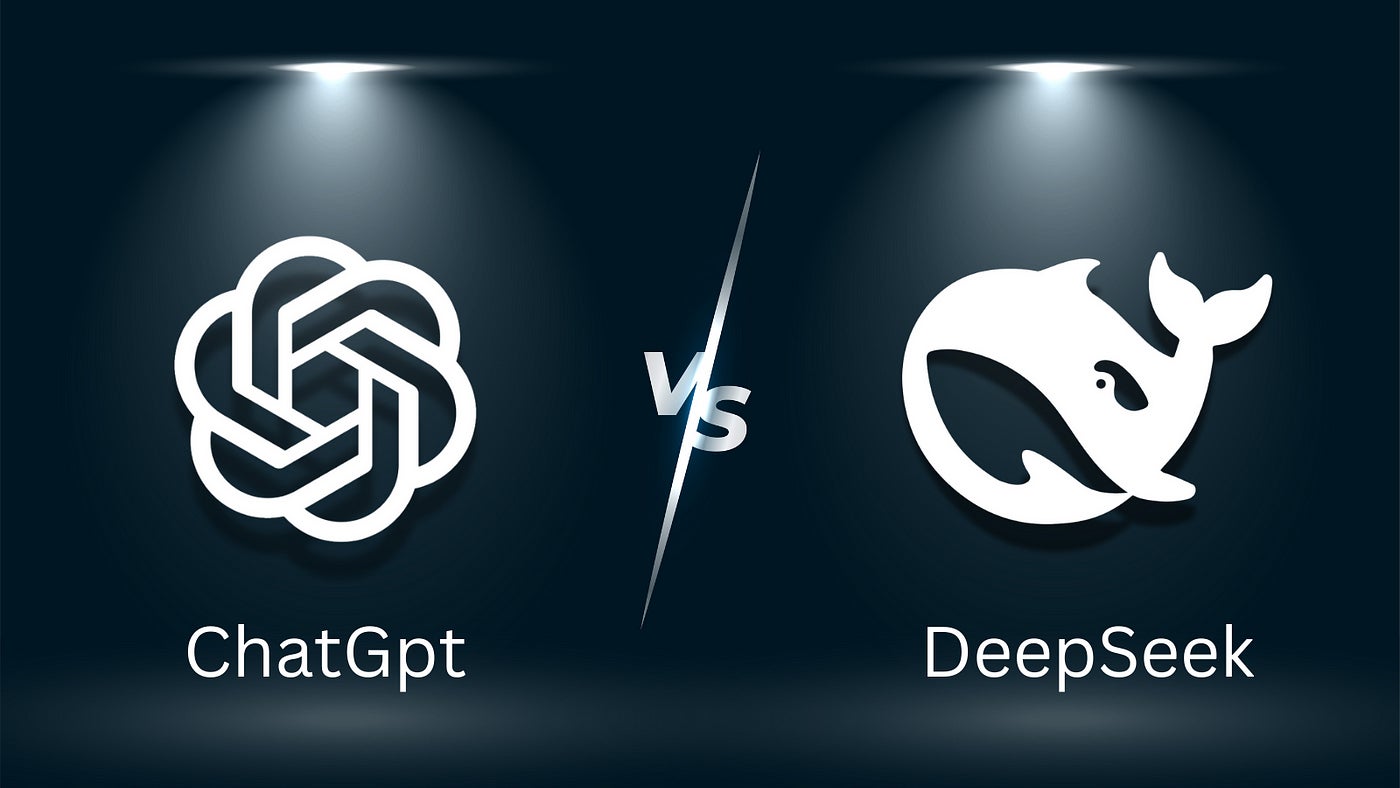The rise of DeepSeek: How the AI model revolution reshapes the future of graphics chips - a game between algorithms and hardware

In early 2025, Chinese AI startup DeepSeek shocked the world with a large model DeepSeek-V3 with a training cost of only $5.57 million. This model not only has performance comparable to OpenAI's top products, but also subverts the market's perception of "computing power is everything" with an open source model, and even directly caused Nvidia's market value to evaporate by $600 billion in a single day. This event marks the transformation of the AI industry from a "hardware arms race" to an "algorithm efficiency revolution", and also has a profound impact on the future of graphics chips.
1. Technological breakthrough: How algorithm optimization challenges hardware hegemony

The core innovation of DeepSeek lies in the efficiency of its model architecture, especially the combination of hybrid expert network (MoE) and load balancing optimization. MoE splits the model into multiple expert modules, dynamically activates some modules according to the input, significantly reduces the amount of calculation, and reduces the dependence on high-speed interconnection between chips (such as Nvidia's NVLink) in distributed training by optimizing load distribution. In addition, the key-value cache (KV Cache) compression technology it uses further improves the utilization rate of a single card, allowing the model to achieve high-performance reasoning on lower-end hardware.
This "lightweight" design directly impacts Nvidia's business model, which has long relied on the computing power premium of high-end GPUs and the monopoly of the CUDA ecosystem. DeepSeek proves that through algorithm optimization, even non-top chips can achieve top results, which shakes the market's superstition of "computing power stacking".
2. Market impact: Nvidia's "double-edged sword" dilemma
Nvidia's stock price plunge reflects the market's short-term panic: DeepSeek may reduce demand for high-end chips. Its training cost is only 1/10 of that of traditional large models, and the inference stage has lower hardware requirements, which has raised concerns about the decline in sales of Nvidia's H100/A100 series. However, in the long run, DeepSeek's open source attributes and low-cost threshold may activate more AI application scenarios, thereby driving the overall demand for computing power. For example, giants such as Meta and Microsoft have announced expansion of AI infrastructure investment, while start-ups have accelerated their entry due to cost reductions. As Inference.ai CEO John Yue said: "Low-price models will not kill the demand for computing power, but will allow more people to join the game."
3. Ecological reconstruction: CUDA moat and emerging opportunities
Nvidia's two major barriers - CUDA ecology and NVLink interconnection technology - have not collapsed, but cracks have appeared. DeepSeek bypasses CUDA's high-level API by directly calling the underlying PTX instruction set. Although the engineering difficulty is extremely high, it provides competitors such as AMD with the possibility of transplantation. At the same time, the MoE architecture weakens the necessity of multi-card interconnection, which partially offsets Nvidia's advantage in distributed training.
This trend has catalyzed the outbreak of the inference chip market. Startups such as Groq and d-Matrix are targeting inference scenarios and launching low-cost, energy-efficient dedicated chips. Morningstar analyst Philip Lee pointed out: "The inference market will pay more attention to cost-effectiveness rather than absolute computing power." Nvidia's monopoly position may shift from "all-round" to "differentiated" competition.
4.Future Vision: Three Major Trends in the Chip Industry
1. The Rise of Customized Chips
The dynamic computing requirements of the MoE architecture have spawned specialized hardware designs, such as chips that optimize expert routing mechanisms or accelerators optimized for sparse computing.
2. Opportunities for Domestic Chips
The combination of DeepSeek's low-cost path and domestic computing chips (such as Huawei Ascend) is driving China's autonomy in the field of AI hardware. The recent surge in the CSI Chip Index reflects the market's expectations for domestic substitution.
3. Democratization of computing power and ecological differentiation
The open source model has lowered the technical threshold, but the complexity of hardware adaptation may give rise to a new ecological stratification - head companies still rely on NVIDIA's full-stack solutions, while the long-tail market embraces diversified hardware.
Conclusion: Symbiotic evolution of algorithms and hardware
The birth of DeepSeek is not the "end of the graphics card era", but a turning point in the AI development paradigm. It proves that the improvement of algorithm efficiency can release hardware potential, but the ultimate demand for computing power will still grow with the expansion of application scenarios. The winners of the future may be those who can not only deepen algorithm innovation but also co-evolve with the hardware ecosystem. As one engineer said: "This is not a zero-sum game, but a revolution that makes the pie bigger."




 Need Help?
Need Help?







